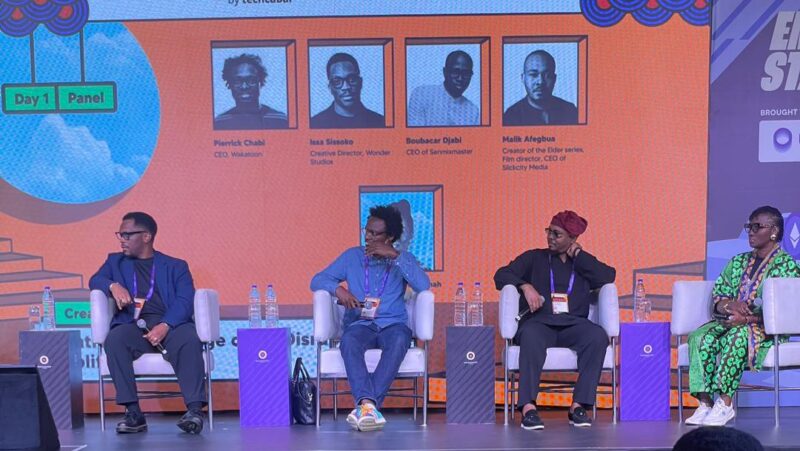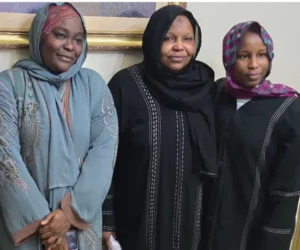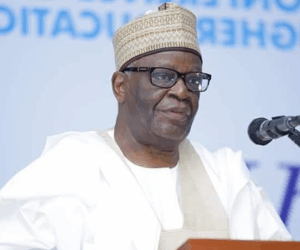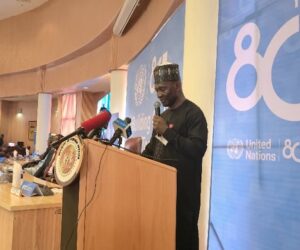The introduction of generative Artificial Intelligence (AI) has sparked the most profound debate in the creative world: is this technology a force of disruptive annihilation or a powerful tool for amplification? This was the central question addressed on a Moonshot by TechCabal panel, where thought leaders explored how AI is fundamentally reshaping creative expression. AI is becoming an inevitable collaborator, the panel said, and the future belongs to creators who approach it ethically.
The most immediate value of AI lies in its power to amplify human capabilities by eliminating the mundane. AI-powered tools can handle repetitive tasks in fields from music to film, freeing up creators to focus on the high-level conceptual work that defines their art. However, the democratisation of creativity also lowers the barrier to entry, allowing people without traditional skills or academic training to produce professional-grade work.
Issa Sissoko, creative director at Wonder Studios, noted that this process mirrors traditional artistic collaboration: “Sometimes a random generation might give you a new idea. Maybe an actor might give a performance that wasn’t exactly aligned with what you had in mind. Same thing with AI generation.” This ability to pivot based on AI’s unexpected output democratises creativity, lowering the barrier to entry and allowing people without traditional skills to produce professional-grade work.
As AI tools improve, they risk the commodification of creative labor, raising fears of job displacement in routine roles like basic illustration and copywriting. More importantly, it creates an ethical question regarding intellectual property (IP). Lawsuits against major AI companies highlight that models are often trained on copyrighted data, forcing a critical re-evaluation of who owns the output: the prompter, the developer, or the machine itself.
This challenge is especially acute in the Global South. Malik Afegbua, film director and CEO of Slickcity Media, highlighted the urgent need to address systemic bias: “Data sets in the AI system for Africa are 100% biased. There’s a lot of misrepresentation there.” He stressed that to counter this, African creators must be intentional in curating the right types of data for training models, “so AI doesn’t misrepresent our cultures, our narratives, our traditions.”
Beyond data curation, the path forward requires ownership of the infrastructure itself, urging the continent to develop its own large language models and data centers.
For brands, agencies, and individual creators, the way forward requires adopting ethical frameworks to govern AI use responsibly. The foundational principle must be the “Human-in-the-Loop” model, where AI is treated purely as a tool requiring human oversight. This means a human must always guide the AI, review its output, and apply the final, emotional touch that imbues the work with human intent and unique vision.
Boubacar Djabi, CEO of Senmixmaster, provided a structural example from the music world: “One thing you have to understand is that the full approach behind the [music mixing] mastery process is automated based on an engineering process.” This illustrates that even high-quality AI output relies on expertly defined, controlled processes to achieve the desired outcome. Ultimately, human expertise remains the master conductor of creative technology.








